I hate to pour cold water on the Prince of Wales’ big night out in Boston on Friday, where he hosted the Earthshot Prize for climate change solutions. William needs all the help he can get to distract attention from his brother and sister-in-law as they continue their crazed attack on the royal family. And there is nothing wrong with the Earthshot Prize in itself, as a means of recognising and rewarding entrepreneurs who are developing environmentally-friendly innovations. Good luck to them.
But sorry, the heir to the throne’s big idea does not even nearly live up to its lofty, climate-transforming ambitions. All it succeeds in doing is reminding the world how laughably far we are from achieving net zero carbon emissions by 2050, or some date close to that, without throwing the world’s masses into poverty.
The stated aim of Earthshot – which takes its name from President Kennedy’s Moonshot speech, which sought to find ways of putting an American on the Moon by the end of the 1960s – is to ‘find and grow the solutions that will repair our planet this decade’. The bumf goes on: ‘The Earthshot Prize aims to discover and help scale innovative solutions that put the world firmly on a trajectory towards a stable climate by 2030 – a world in which communities, oceans and biodiversity can thrive in harmony.’
When you have set that as your ambition, it is perhaps inevitable that the results are going to seem a little disappointing. Making food containers from seaweed rather than plastic – as one of this year’s five winners is doing – is all very worthy and will go down very well on an organic market in the Cotswolds, but help give us a stable climate by 2030? Another winner of the prize this year is making flat-packed greenhouses for Indian smallholders – a variation on what B&Q has been doing for decades but bringing the benefits of mass-produced horticultural equipment to developing countries. Another winning company manufactures stoves in Kenya which burn a cleanish mixture of charcoal, wood and sugar cane rather than fossil fuels, claiming to reduce pollution in huts by up to 90 per cent. Again, very helpful to poor Kenyans, though not really much of an answer as to how you enable the industrialisation of low-income countries without increasing carbon emissions. Rather it is what William’s father used to go around calling ‘intermediate technology’.
The fourth winner is a group of indigenous Australian women who are ‘empowering each other to protect critical eco-systems’, trying to counter the statistic that ‘only 20 per cent of indigenous rangers are women’. All very inclusive and diverse – though it does have a slight whiff of an infamous, and now defunct, UK aid project which proposed to put together Kenya’s meteorological office with native ‘rain-makers’ in the hope that they could come up with a ‘consensus weather forecast’.
There is only one of the five winners who really comes anywhere close to addressing Earthshot’s central ambition to give the world a ‘stable climate’ by 2030. An Oman company called 44.01 has devised a way to use a mineral, peridotite, in order to remove carbon dioxide from the atmosphere. The mineral naturally absorbs carbon dioxide in its weathering process, something which 44.01 seeks to speed up by pulverising the mineral and thus increasing the surface area on which the weathering process can take effect. But no one should get too excited: the company’s website only holds out the prospect that its process will cost a comparable amount to other forms of carbon capture – methods which themselves have struggled to become established on the grounds of cost. The company claims there is enough peridotite in the world to enable it to remove 1 billion tonnes of carbon dioxide from the air by 2040. To put that into context, man-made carbon emissions were 36.3 billion tonnes in 2021.
If we are going to have a prize which genuinely helps get us close to net zero emissions by 2050, an affordable means of carbon capture is certainly one thing you would hope would be among the five winners. The other four would be:
- An affordable means of energy storage, without which an energy grid based on intermittent renewables like wind and solar simply isn’t going to work. The problem is that at present all the available technology – pumped storage, hydrogen electrolysis and lithium batteries – cost, MWh for MWh, several times as much to store energy as it costs to generate it in the first place.
- Commercially-competitive steel made using hydrogen, rather than coal, as a reducing agent. Without this, we are not going to be able to eliminate the 10 per cent or so of global carbon emissions which emanate from steel manufacturing.
- Commercially-competitive cement which does not produce carbon dioxide as part of the chemical process – and which is currently responsible for 7 per cent of global emissions.
- An affordable means of flying 50 miles without burning fossil fuels. Forget electric planes – batteries are a couple of magnitudes too heavy to enable transatlantic flight. There are potential solutions involving synthetic fuels but, as ever, the problem is cost.
If we cannot solve those problems, we are not going to get anywhere near net zero carbon emissions. Unlike the moon landing, our ambitions will crash and burn before they even reach low-altitude orbit.
The post Prince William’s Earthshot prize won’t save the planet appeared first on The Spectator.
Got something to add? Join the discussion and comment below.
Get 10 issues for just $10
Subscribe to The Spectator Australia today for the next 10 magazine issues, plus full online access, for just $10.


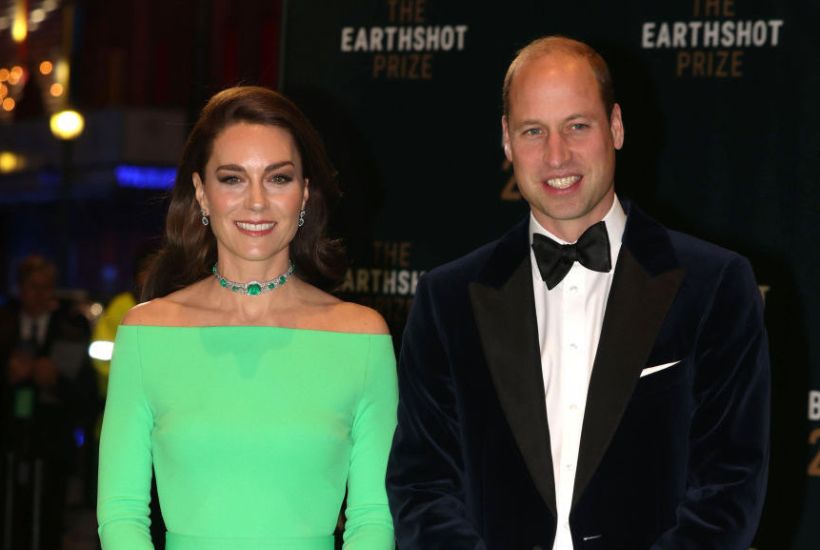
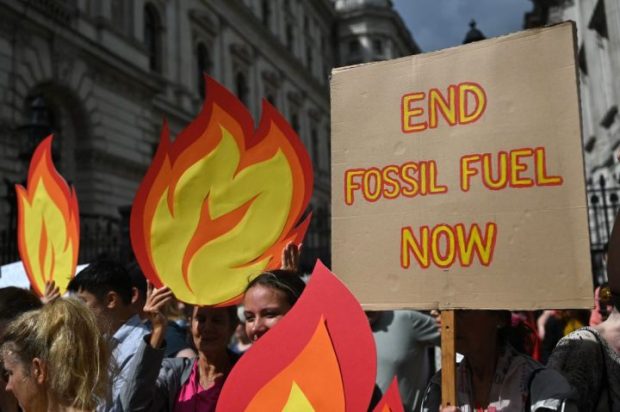
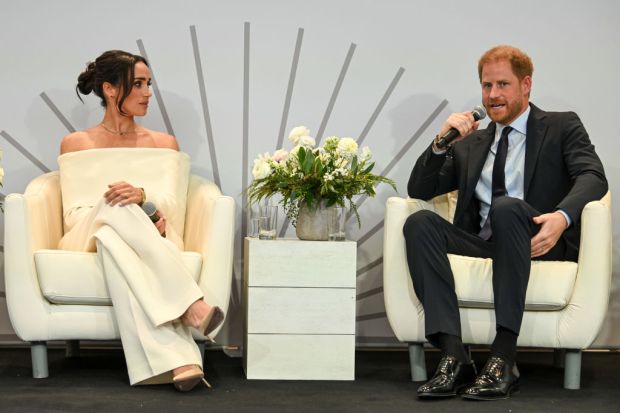
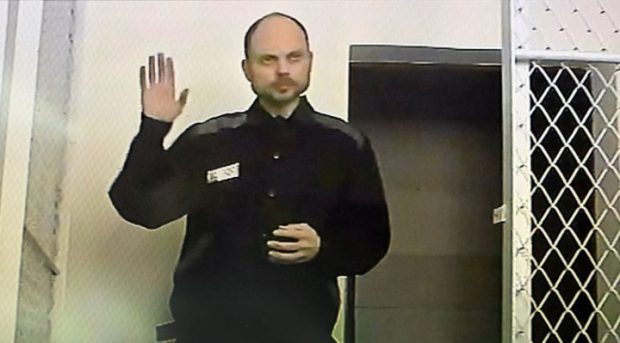

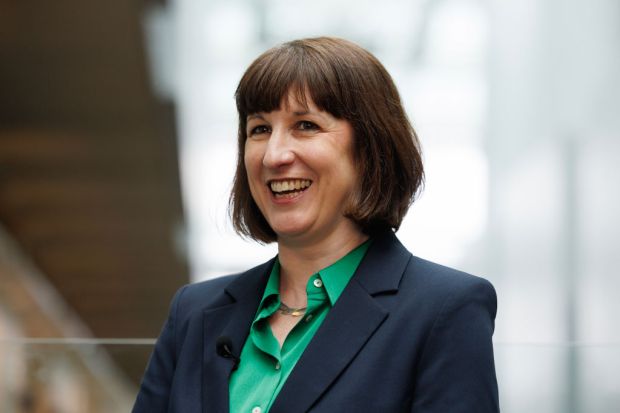
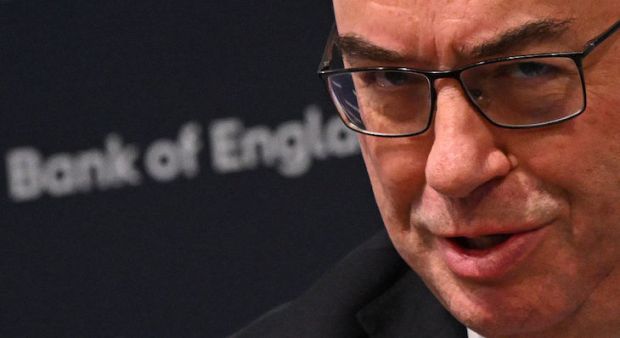












Comments
Don't miss out
Join the conversation with other Spectator Australia readers. Subscribe to leave a comment.
SUBSCRIBEAlready a subscriber? Log in